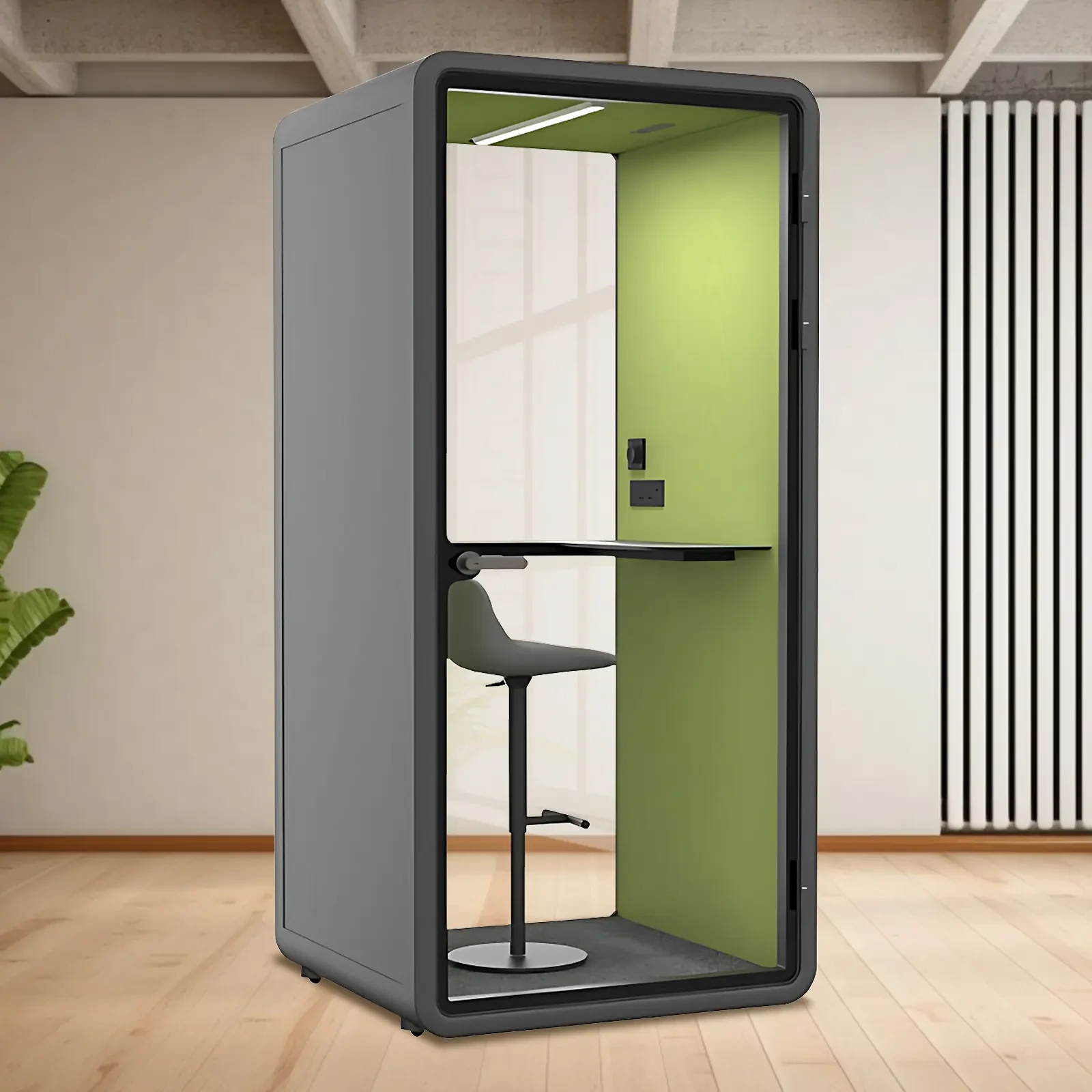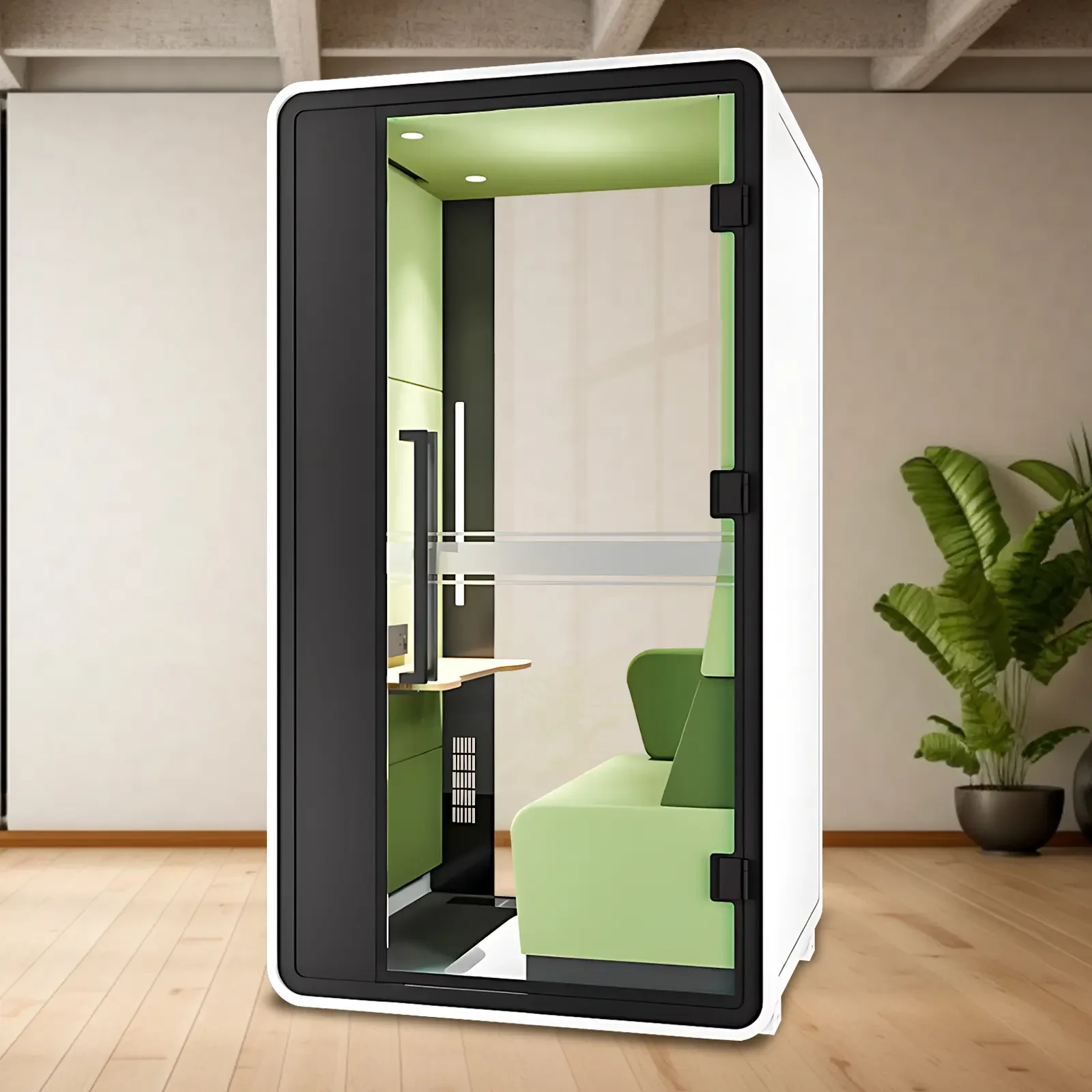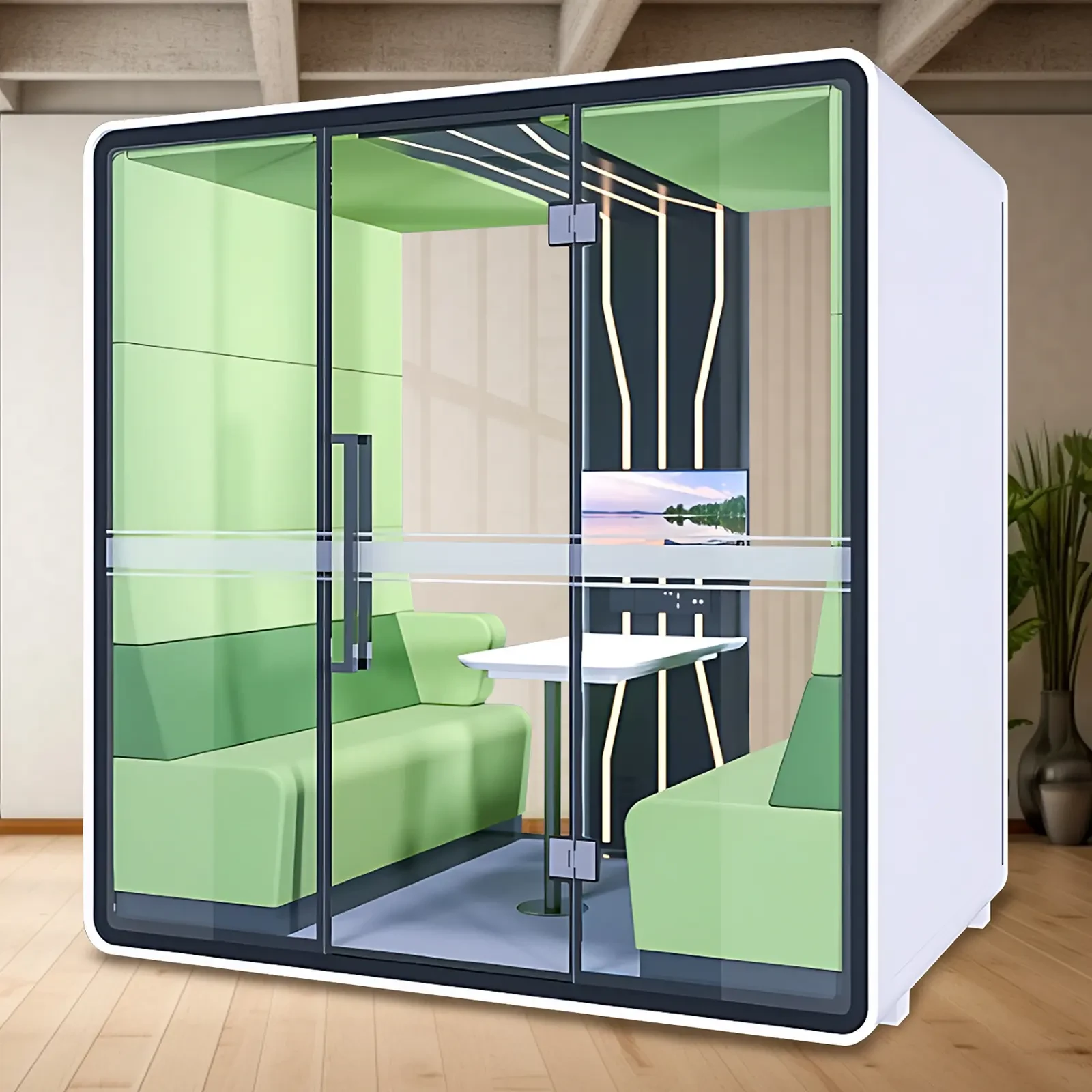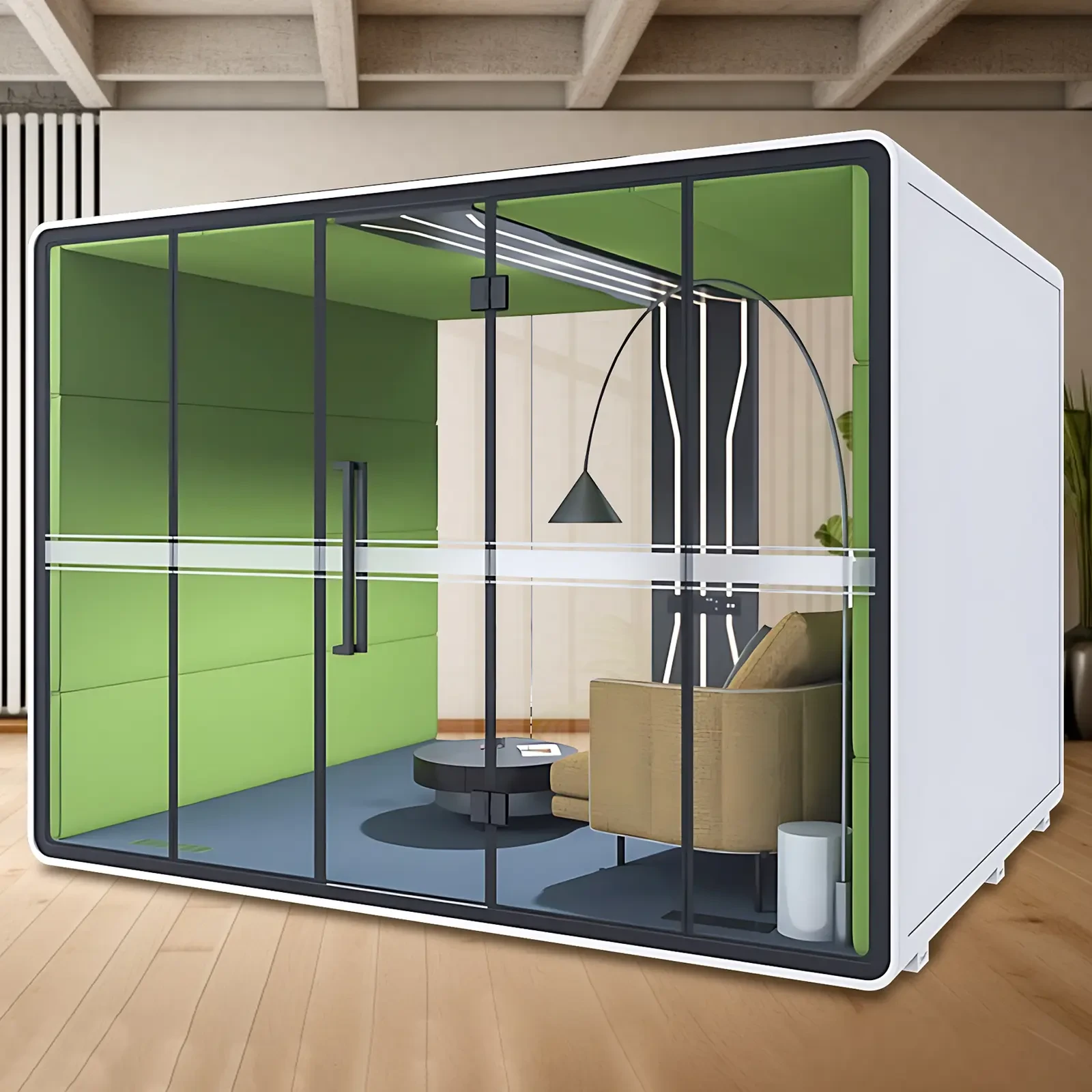A silent chamber is a laboratory device primarily used to simulate real-world sounds for testing purposes. They help reduce noise interference in the laboratory and provide more accurate test results.
Silent chambers are commonly used in various language tests to help researchers better understand language. They can also be used in listening tests to simulate different environmental conditions, allowing researchers to test various sounds.
Silent chambers can also be used for visual tests, such as acuity tests. They provide more accurate results because they reduce external interference, allowing researchers to more accurately measure a subject's visual abilities.
Silent chambers can also be used to test memory and attention span. They can help researchers better understand an individual's memory and attention span by reducing external interference and better measuring the subject's abilities.
Silent chambers can also be used to test various emotions, such as anxiety and depression. They simulate real-world sounds, helping researchers better understand a subject's emotional reactions.
In short, silent chambers are an important laboratory device that can be used in language tests, listening tests, vision tests, memory tests, and emotional tests to provide more accurate test results. They can reduce external interference and thus more accurately measure the subject's ability.

 USD
USD
 GBP
GBP
 EUR
EUR






